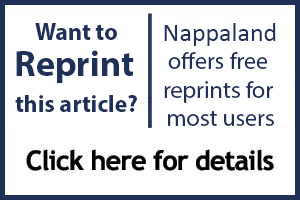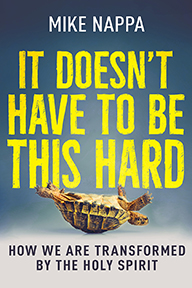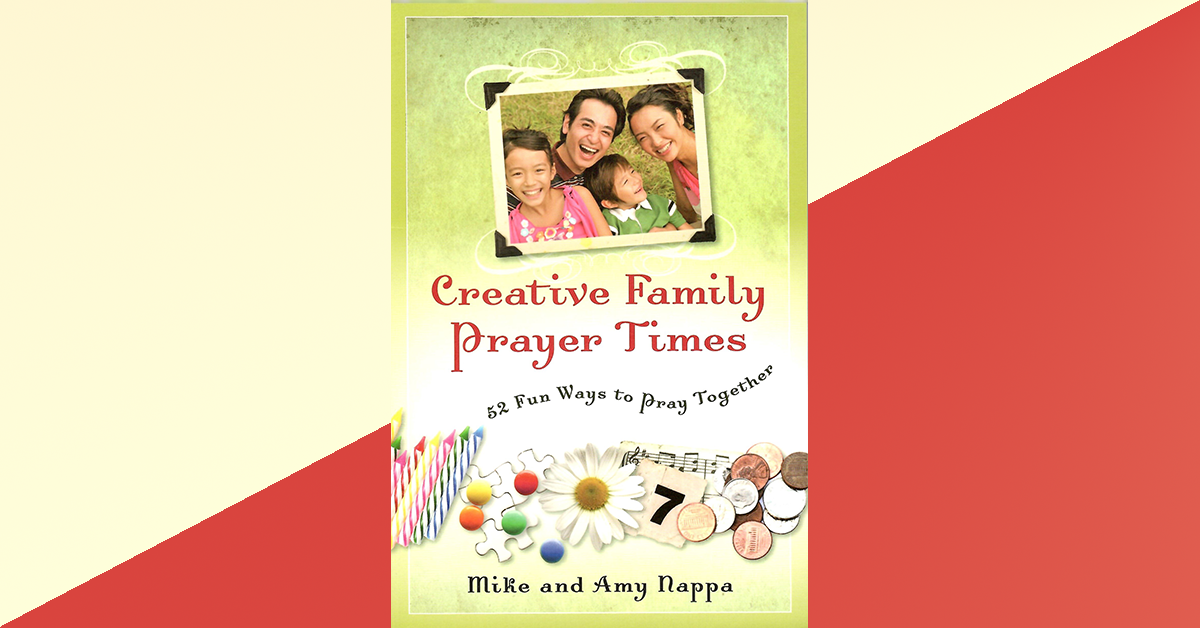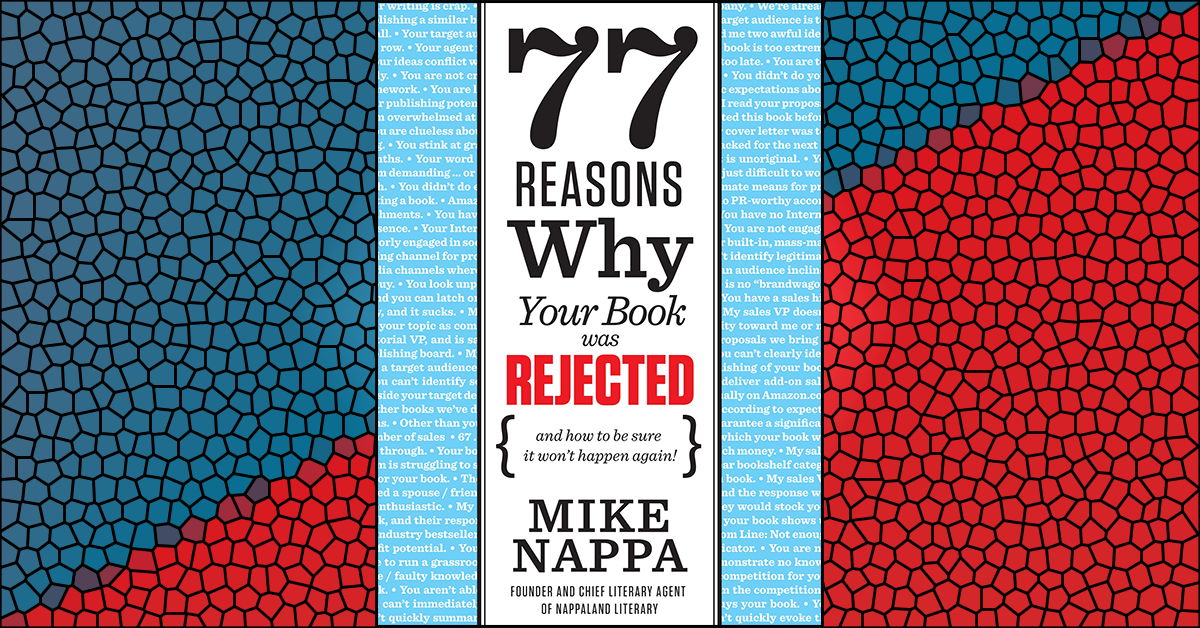A Marketing Team reason for rejection
In 2008, barely one quarter of Americans aged 12 to adult were participating in social networking sites like Facebook or Twitter or LinkedIn. A scant two years later that number had doubled to 48%. What’s more, among people ages 12 to 34, more than two-thirds maintained a personal profile page on one or more of the social networking sites, and more than half (51%) of people ages 35-44 also did the same.
What that means from a marketing perspective is sudden, direct access to millions and millions of Americans through social media. What that means from the perspective of an aspiring author is that you have a stay-at-home method for broadening your author platform.
Of course this is a fine line to walk, as we all hate supposed Facebook “Friends” whose only real purpose is to relentlessly promote whatever it is they’re selling (cheap, handmade jewelry anyone?). At the same time, if you can generate a decent following on social media, that’s going to make an impact when I’m discussing your marketing potential with my team.
In fact, one of the publishers I work with recently sent out a letter to all of their authors asking them to invest time and effort in cultivating their social media activity. Why? Because a strong social network presence can actually influence the exposure—and subsequently, the sales—of a book.
Which brings us to another interesting point on this topic:
Because social media has become such a marketing force in the book publishing industry, we’re all there. In fact, in many places, a social network presence is actually part of the job description for an editor or marketing manager. Do you want to connect with editors? Find out what marketing team members value? Discover what publicists are promoting at present? You’ve got access. Just find us on Facebook or LinkedIn or someplace like that.
This world has never been more open than it is today, so go ahead and take advantage of that.
What You Can Do About It
1. Choose one of the “Big 3” and concentrate on building a following there.
At present there are three “big” players in the social network arena, and then a bunch of smaller ones. The three immediately recognizable social networks are Facebook.com, Twitter.com, and LinkedIn.com. (TikTok and YouTube are also forces, but since they require video I’ve excluded them.) All three of these social networks have their strengths and weaknesses, and unique audiences, so you’ll want to check them all out before choosing where to focus your efforts.
Once you’ve picked your favorite of the “Big 3,” then get busy populating your profile on that site, and work diligently to build up your following there. Because you could easily spend 8 hours a day doing that, set yourself a manageable goal for social media investment. Some authors will commit 30 minutes each workday to that; others may want to dedicate only an hour a week. Find out what works best for you, and then stick to it. After a year or so, you should see significant results in your platform-building efforts.
2. Read up on social networking strategies.
Fortunately, although social networks are a recent innovation, they are no longer “new.” That means you can hit your local library or your local bookstore and find several practical reference books to help you master the effective strategies for using these networks to your advantage. Here are a few that I’d recommend:
• Social Networking Spaces: From Facebook to Twitter and Everything In Between by Todd Kelsey
• Social Media Marketing: An Hour a Day by Dave Evans
• The Facebook Era by Clara Shih
• Twitter Power 2.0 by Joel Comm
3. Enjoy yourself.
Some people (like me) look at social network marketing as a chore. Other people (like my family members) see social networking as fun, and a great way to keep connected with modern America. I will tell you from experience that you’ll like this task much more if you allow yourself to view it from the perspective of leisure fun instead of a constant “to do” list.
So go ahead and enjoy yourself while you’re building your social network platform. Take time to wander into interesting diversions, to smell the apps, so to speak. If you’re going to do it anyway, you might as well find a way to like what you do, right?
Looking for more? Check out these links:










